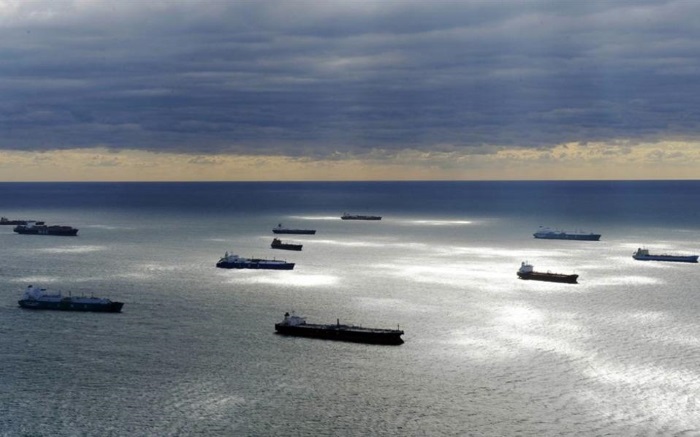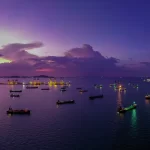A Chinese cruise ship, the Gulangyu, came within just two nautical miles (about 3.7 kilometres) of Taiwan’s southern Hengchun Peninsula this week.
The incident was first reported by Taiwan ADIZ, a Facebook group run by civilians who keep track of Chinese military activities near Taiwan.
The group shared video footage of the vessel as it passed through waters off southern Pingtung County, clearly visible from the shoreline.
According to Taiwan ADIZ, the Gulangyu is a Bermuda-registered passenger ship that can carry up to 1,800 people.
The group stated that if fully loaded, the number of people on board would be comparable to a battalion-sized military unit.
It warned that if such incidents become frequent, they could pose a real threat to Taiwan’s national security, especially considering the possibility of using such civilian vessels for military purposes during conflict situations.
A video taken by a passenger on the cruise ship surfaced on Chinese social media. The video showed the Hengchun Peninsula along with simplified Chinese text that read: “Taiwan is China.”
In response, Taiwan’s Ocean Affairs Council Minister Kuan Bi-ling addressed the public on Friday.
She said the ship’s movement appeared to be part of China’s ongoing “gray zone” tactics, which are provocative actions meant to intimidate or exert pressure without triggering open conflict.
Kuan stressed the need for public awareness about such activities.
She said the government has activated a cross-agency joint mechanism to manage such maritime events.
The system involves the Coast Guard Administration, the Maritime and Port Bureau, and other national security bodies.
According to Kuan, the Gulangyu entered Taiwan’s territorial waters around 2 p.m. on Wednesday.
The ship maintained its course and speed and eventually left Taiwan’s waters, moving toward the northeast.
She said the vessel was under continuous watch by the Coast Guard Administration during its passage.
The government plans to build a database specifically to track and monitor vessels that operate near sensitive areas, such as undersea communication cables to strengthen maritime surveillance.
The focus will be on ships that are registered under flags of convenience and are suspected to have links to Chinese funding.
Taiwan’s Maritime and Port Bureau will enforce rules for foreign ships passing through, while the Coast Guard will focus on watching high-risk vessels, especially in important sea areas.
Reference: Maritime Executive






